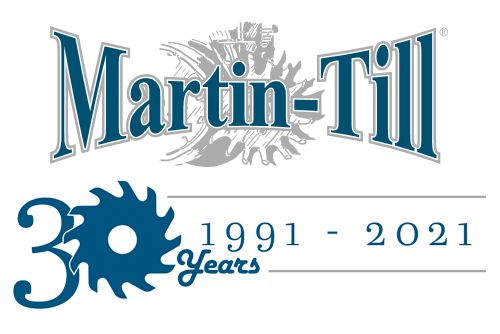A drought lasting more than 10 years and overall water shortages have forced Iran to seek out new agricultural approaches. With a population of nearly 90 million people and a gross domestic product (GDP) valued around $230 billion back in 2020, experts project Iran will become an emerging economy. Agriculture is a significant part of the country's economic growth. The agriculture industry employs about 17% of the country's labor force. Because of the variety of climate and geography across Iran, it has become a hub for many diverse crops of high importance to the rest of the world. Wheat, for example, plays the largest contribution to grain yield, accounting for around 70% of cereal population.
In 1999, the Iranian government initiated a new strategy geared toward self-sufficiency, which aimed to increase wheat production through input subsidies and new methods, such as better seed genetics and specialized farmer training. In some ways, this worked as Iran became the world's 12th leading producer of wheat by the year 2012. Unfortunately, most of that growth was due to unsustainable and environmentally harmful agricultural policies.
As a result, the country now suffers from land degradation and climate change. And yet, total grain imports remain high in order to meet local demand and maintain strategic stockpiles. Severe water shortages have now become common partially because of agricultural policies but also because of declining rainfall and drought. Iran is currently one of the most water-stressed nations in the world, and water scarcity is projected to be at extremely high risk over the next two decades.
Agriculture accounts for roughly 90% of Iran's water usage, and more than 60% of that is wasted in agricultural irrigation, according to government estimates. Precipitation in Iran is extremely uneven in distribution. It ranges from less than half an inch in some desert areas to more than 62 inches in the Caspian Sea basin. Additionally, 70% of the landmass receives just 43% of the rainfall. The average rainfall is about 10 inches per year, which is less than a third of the world's average, and two thirds of that precipitation evaporates.
If Iran wants to increase production while maintaining its natural resources base, farmers need to adopt sustainable agriculture strategies. Climate change and population growth have both played a significant role in the decline of water supply. Studies of precipitation patterns in Iran have shown that precipitation has been in decline for the past 50 years.
Promoting conservation agriculture farming practices that involve minimal soil disturbance, permanent soil cover and the use of crop rotations to simultaneously maintain and boost yields, increase profits and protect the environment is a keystone of Iran's Ministry of Agriculture's current strategy to conserve water and make farming more sustainable. These types of practices will reduce costs for farmers while also improving soil health quality, reducing erosion, improving biological activity and increasing agricultural productivity. No-tilled fields are much better at retaining crop residues and capturing moisture. This will help raise yields with less water.
Building knowledge at a local level around conservation agriculture practices is essential if Iran wants to change the current situation of agriculture and water crisis. Iran's Ministry of Agriculture is currently investing in sustainable solutions to agriculture with the goal of increasing self-reliance for major agricultural commodities, including wheat, in the next 5-10 years. This plan includes the goal of spreading conservation agriculture-based crop management practices across more than 7 million acres, including 60% rain-fed and 40% irrigated farmland. This is a good start, but if Iran wants to mitigate its water crisis, adapt to new climates, and be resilient against other political and environmental shocks, it will need to continue to invest in conservation agriculture cropping systems and other sustainable strategies.
The No-Till Passport series is brought to you by Martin Industries.
Since 1991, Martin Industries has designed, manufactured and sold leading agriculture equipment across the U.S. and Canada. Known for Martin-Till planter attachments, the company has expanded to include a five-step planting system, closing wheel systems, twisted drag chains, fertilizer openers and more in their lineup. Their durable and reliable planter attachments are making it possible for more and more farmers to plant into higher levels of residue.
Related Content:
No-Till, Seed Fairs Help Zimbabwe's Smallholder Farmers Improve Yields,Brazilian No-Tiller Aims for Carbon Neutrality,
Researchers Find Aphid-Resistant Wheat Varieties From Iran,Why No-Till Is the Future of Agriculture,No-Till Improves Soil Health in Western Asia







Post a comment
Report Abusive Comment